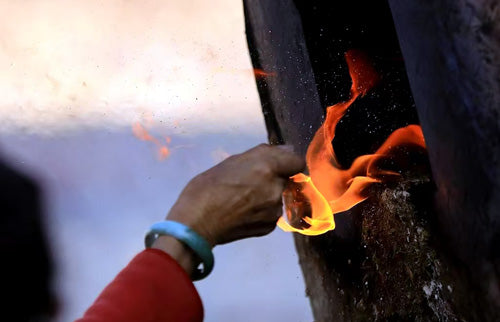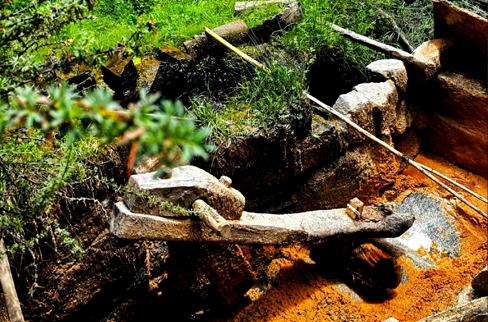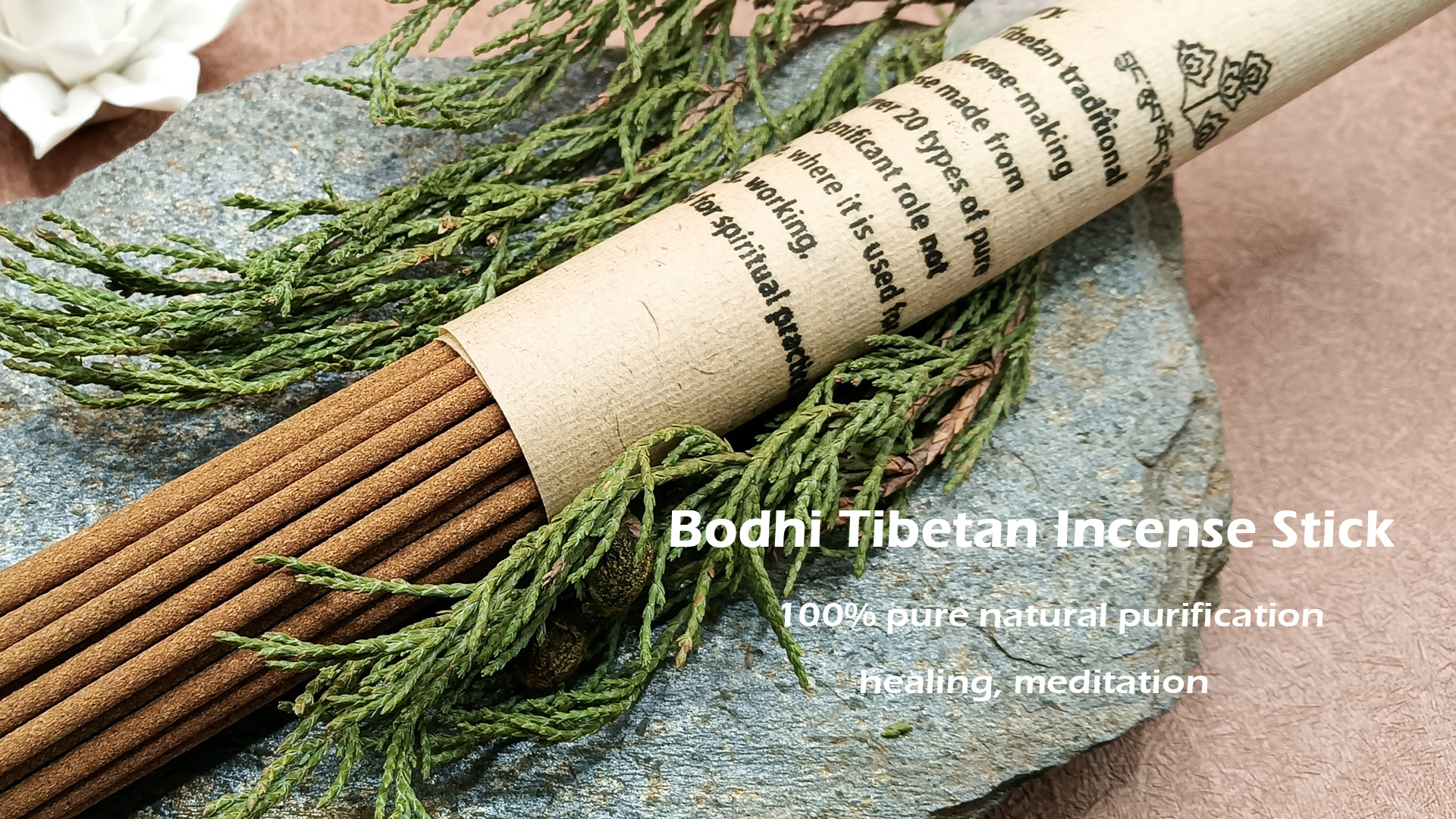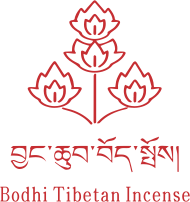The Origin and Development of Tibetan Incense
The Origin and Development of Tibetan Incense
Tibetan incense, also known as Tibetan medicinal incense, has a close connection with the introduction of Buddhism to Tibet. Historical records indicate that the Tibetan method of fragrance originated in the ancient Zhangzhung period, where the founder of the Bon religion, Tonpa Shenrab Miwoche, taught people the method of “smudging” with smoke. Tibetan medicine believes that Tibetan incense has the effects of accumulating virtue, warding off evil, calming the mind, sterilizing, improving intelligence, nurturing one’s nature, and eliminating skin diseases.

The combination of Tibetan incense and Buddhism can be traced back to the 7th century AD, when Thonmi Sambhota, the creator of Tibetan script and a minister of Songtsen Gampo, invented the process of grinding Tibetan incense with a water wheel in the village of Tongda. He was sent to India by Songtsen Gampo to learn the art of incense making. After returning, he combined the characteristics of Tibet and invented Tibetan incense, starting to teach the locals in his hometown of Nyingchi County, Tongba Village, the formulas and techniques for making Tibetan incense. Thonmi Sambhota utilized the resources of the Tongba River to invent the water-mill Tibetan incense, which is considered the earliest Tibetan incense in Tibet.

Tibetan incense holds an extremely important position in Tibetan Buddhism. It is an essential item for worshiping and praying to Buddha, serving as a fragrance that connects the heavenly realm and the secular world. The smoke from the incense is a form through which believers pray to the gods and deities of heaven and earth. Tibetan Buddhist scriptures record that lighting good Tibetan incense can be blessed by the Bodhisattvas.

The Tibetan incense industry developed as Buddhism began to flourish in the Tibetan region in the 8th century AD, with the increasing demand for religious supplies greatly stimulating the development of handicraft production.
In 2008, the art of making Tibetan incense was included in the second batch of China’s national intangible cultural heritage projects, marking the recognition and protection of the traditional Tibetan incense-making skills at the national level in China.
Subscribe To Our Newsletter
Subscribe for your email and get 10% off your first order!
COPYRIGHT 2022 © LA-STUDIO. ALL RIGHTS RESERVED.










